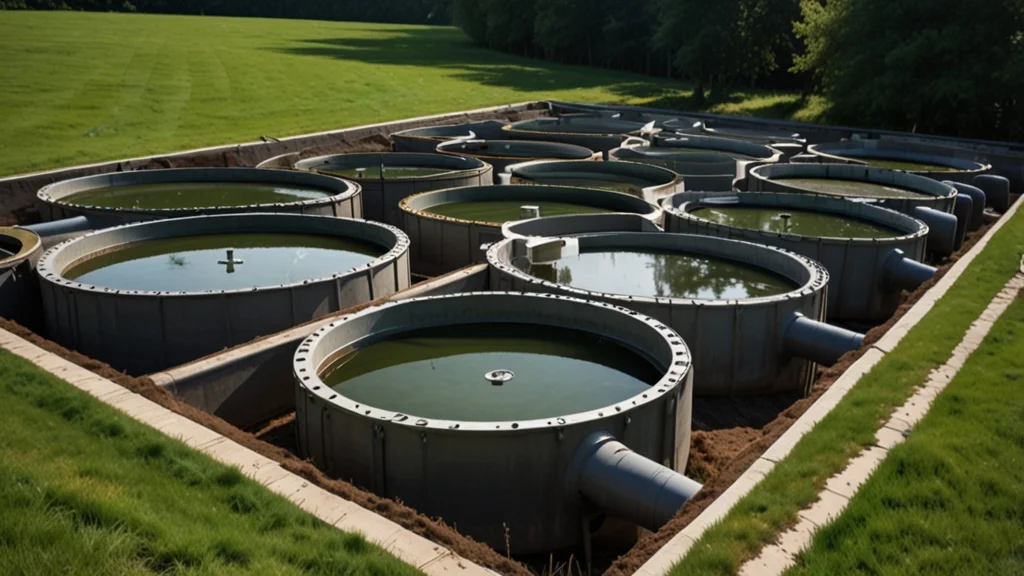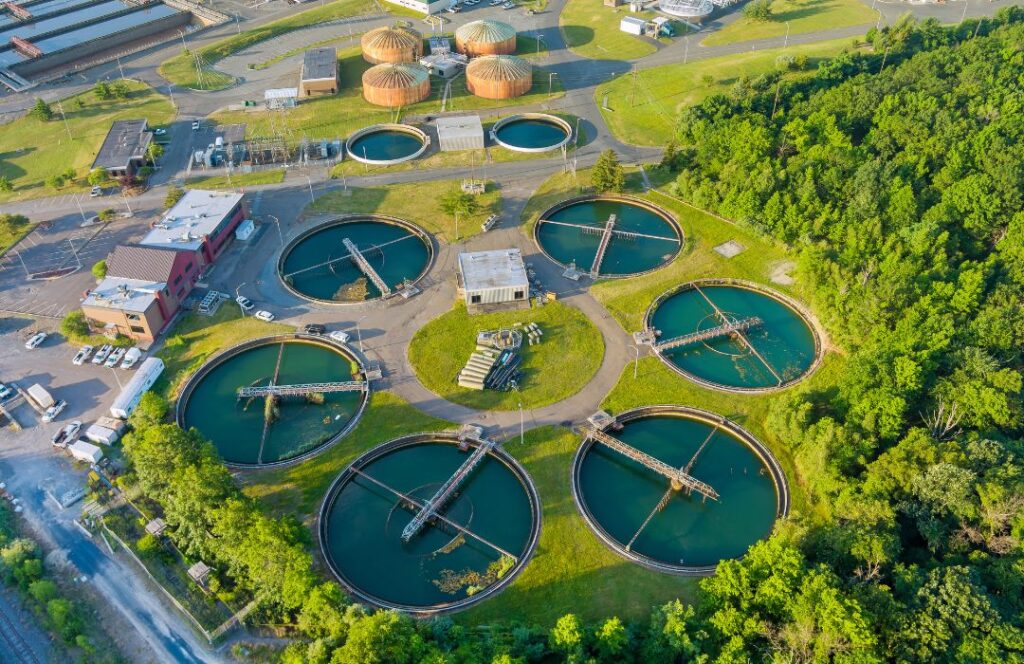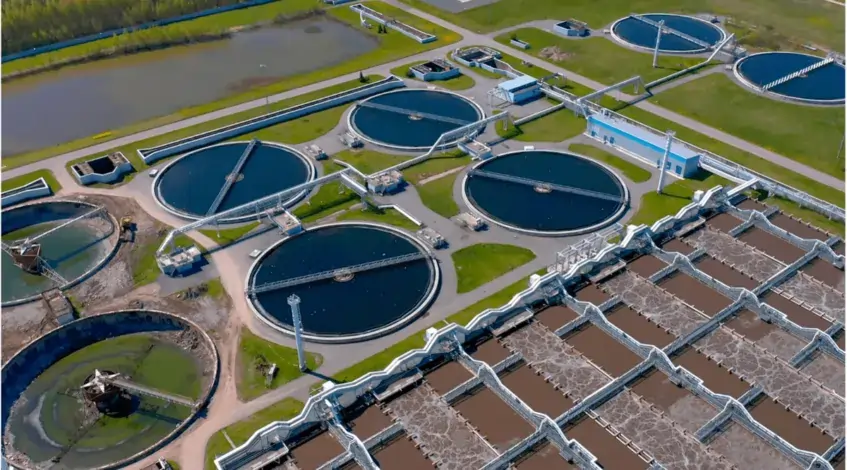Water and wastewater treatment is maintaining environmental sustainability, ensuring the availability of clean water, and preventing waterborne diseases. These water treatment measurements are KLD and MLD. They are commonly used to quantify water consumption, wastewater generation, and treatment capacities. This article delves into the definitions, significance, and key differences between KLD and MLD, providing a clearer picture of their roles in water management.
Understanding KLD and MLD
KLD and MLD are units used to measure the volume of water or wastewater treated per day.
KLD (Kiloliters per Day)
Kiloliters per Day(KLD) measures the amount of water or wastewater in kiloliters processed everyday. One kiloliter (kL) is equal to 1,000 liters.
Applications of KLD
- Residential water systems
- Small-scale industrial and agricultural operations
- Community water treatment plants
Our Products:
Importance of KLD in Water and Wastewater Treatment
KLD (Kilo Liters per Day) represents the volume of water or wastewater treated or used on a daily basis. Understanding and measuring KLD is essential for several reasons:
System Design and Capacity Planning:
Accurate KLD measurements are vital for designing treatment plants and determining the capacity of equipment. This ensures that the treatment system can handle the daily volume of water or wastewater without overloading, maintaining efficient operation.
Resource Management:
KLD helps in tracking water usage and wastewater generation, enabling better resource allocation and conservation efforts.
Compliance with Environmental Regulations:
Many regulatory bodies set discharge limits based on the volume of wastewater generated. KLD is a key metric in ensuring that wastewater treatment plants meet these legal requirements, preventing environmental pollution and avoiding penalties.
Cost Control and Budgeting:
KLD allows industries and municipalities to estimate operational costs accurately.
Performance Monitoring:
Regular measurement of KLD can indicate the performance and efficiency of a treatment plant.
MLD (Million Liters per Day)
MLD is an essential unit of measurement in large-scale water and wastewater treatment. This measures a larger volume of water or wastewater treated everyday. One megaliter is equivalent to one million liters, or 1,000 KLD.
Applications of MLD
- Metropolitan water supply systems
- Large-scale industrial water needs
- Extensive agricultural irrigation
Importance of MLD in Water and Wastewater Treatment
operations, representing the volume of water or wastewater treated or consumed daily. MLD plays a pivotal role in the planning, operation, and management of these facilities for several reasons:
Design and Sizing of Treatment Plants:
The capacity of large-scale water and wastewater treatment plants is determined based on MLD. Properly sizing equipment like pumps, tanks, and filters to handle millions of liters per day.
Water Resource Management:
It provides a clear understanding of daily water demand and supply, assisting in the allocation of water resources, and avoiding shortages or excesses.
Regulatory Compliance:
MLD serves as a key indicator for ensuring that treated wastewater volumes stay within the legal discharge limits set by environmental agencies.
Operational Efficiency and Cost Control:
Many operational expenses, such as energy consumption, chemical dosing, and labor, scale with the volume of water or wastewater treated. By monitoring MLD, plant operators can better control costs and ensure efficient operation.
Infrastructure Development and Urban Planning:
It helps cities and municipalities plan for population growth, industrial expansion, and water needs, allowing for the construction of adequate water treatment and distribution systems to meet future demands.
Emergency Preparedness:
Managing water supply and treatment during periods of drought, flood, or other crises knowing the MLD capacity of a water or wastewater treatment facility allows for swift decision-making and response.
Key Differences Between KLD and MLD
Feature | KLD (Kiloliters per Day) | MLD (Million Liters per Day) |
Unit Conversion | 1 KLD = 1,000 liters | 1 MLD = 1,000 KLD |
Scale of Measurement | Smaller-scale applications (e.g., residential, small industries) | Large-scale applications (e.g., municipal water treatment) |
Usage Example | Apartment complexes, small industries, hotels | Municipal water supply, large industrial plants |
Water Treatment Plant Size | Small to medium | Large-scale |
Regulatory Compliance | Often monitored at an industrial or commercial level | Compliance at municipal and governmental levels |
Infrastructure Requirement | Limited infrastructure needed | Requires large-scale infrastructure |
About Infrastructure and Planning
Infrastructure planning is the strategic process of designing, developing, and implementing essential systems such as transportation, water supply, waste management, and energy networks. It aims to meet community needs while considering economic growth, environmental impact, and future demands. This process ensures efficient resource utilization, resilience against potential challenges, and an improved quality of life through detailed analysis, stakeholder engagement, and coordinated project execution.
Implications for Infrastructure and Planning
Understanding the difference between KLD and MLD is crucial for effective water treatment infrastructure planning. Accurate measurement of water volumes ensures that treatment facilities are appropriately designed to meet demand and environmental regulations. For example, a community-level Water Treatment Plant operates based on KLD, while a city-wide water supply system requires MLD considerations.
Choose Top Water & Wastewater Treatment in India
R&J waste water treatment Organization is a trusted name in the water treatment industry, this Organization has grown into one of the largest contractor in pan India. With years of expertise, we offer innovative and sustainable solutions to ensure safe and pure water for commercial and industrial applications. Our advanced water purification systems are designed with cutting-edge technology to deliver high efficiency, durability, and cost-effectiveness.



